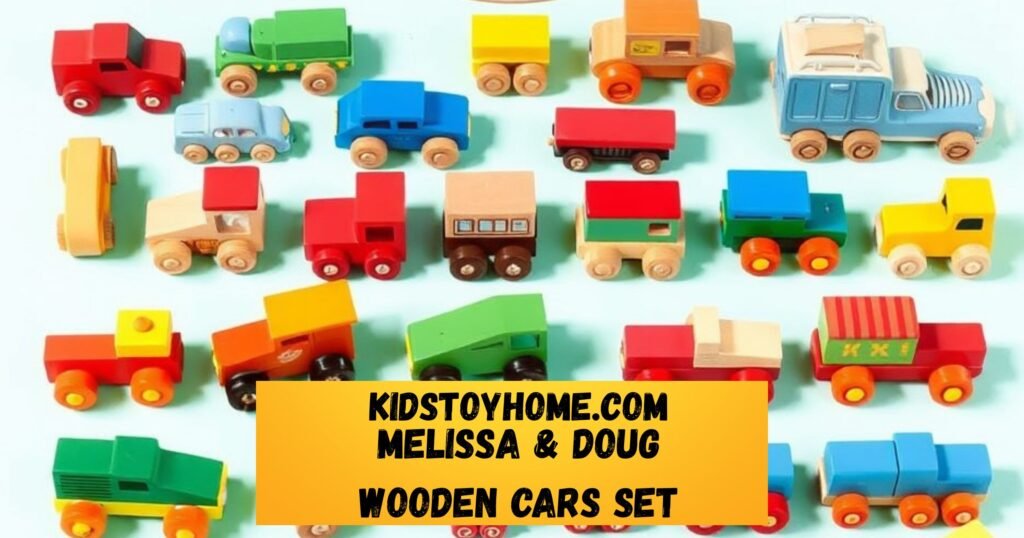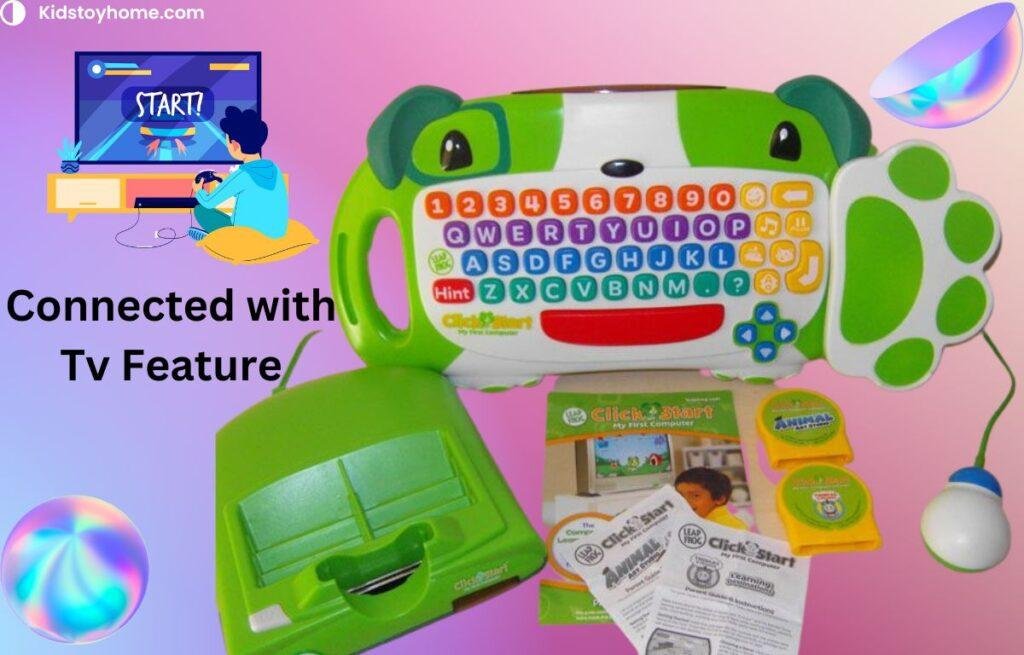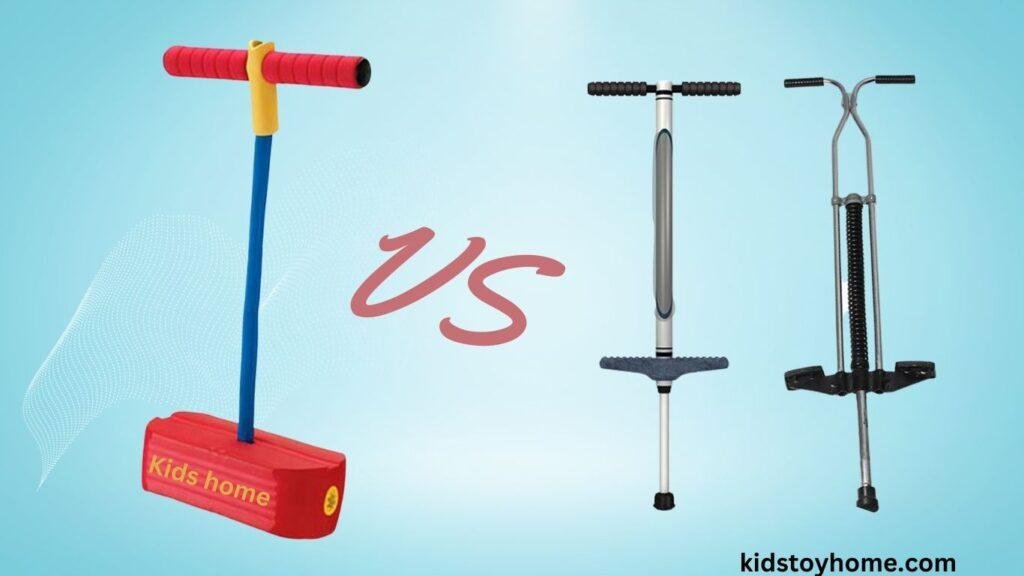In today’s rapidly advancing technological landscape, the emphasis on science, technology, engineering, and mathematics (STEM) education has never been more critical. Yet, many young learners remain disengaged, missing out on the foundational skills needed to innovate and solve the complex problems of tomorrow. This disengagement is not due to a lack of capability or interest, but rather a lack of early exposure to these crucial subjects in ways that captivate their young minds.
The solution lies in The Top STEM Toys for 5-Year-Old Innovators, a specially curated list designed to bridge this gap. By integrating these educational tools into playtime, children can naturally develop an affinity for STEM subjects through interactive learning and fun, laying a strong foundation for future academic and career success.
We invite you to explore our comprehensive guide to discover how these expertly selected STEM toys can transform learning into an adventure, sparking curiosity and enthusiasm in young innovators. Continue reading to unveil the key to unlocking your child’s limitless potential.
The Role of STEM Toys in Child Development
STEM toys are more than just playthings; they are essential tools that play a vital role in the cognitive and emotional development of children. Children enhance their problem-solving and logical reasoning abilities by engaging with STEM toys. These toys challenge young minds to find solutions, reason through problems, and understand cause and effect, developing a strong foundation in critical thinking.
Beyond cognitive benefits, STEM toys contribute significantly to emotional and social growth. They encourage perseverance as children learn through trial and error, understand that failure is part of learning, and develop resilience. Furthermore, many STEM toys are designed for cooperative play, fostering cooperation and communication among peers. This aspect is crucial as it helps children learn to work together, share ideas, and respect others’ perspectives.
Early exposure to STEM concepts through toys prepares children for future academic and career interests by laying the groundwork in various STEM disciplines. This early foundation is essential in sparking an interest and easing the transition into formal STEM education later in life.
Criteria for Selecting STEM Toys for 5-Year-Olds
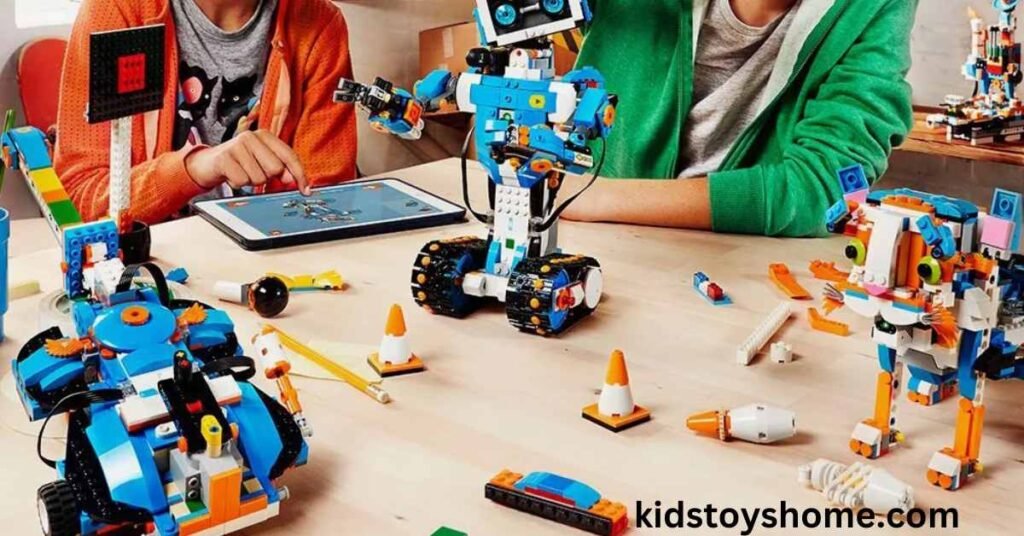
When selecting STEM toys for 5-year-olds, several criteria are essential to ensure the toys are beneficial and enjoyable. First and foremost, age-appropriateness and safety considerations are paramount. Toys should be suitable for the child’s developmental stage, with safety certifications to prevent any potential harm.
Encouraging exploration and open-ended play is another critical criterion. Toys that promote exploration allow children to learn and discover at their own pace, providing a more personalized learning experience. Additionally, a balance between educational content and entertainment value ensures that children remain engaged and view learning as a fun and enjoyable process.
Finally, it’s crucial to select toys that represent diversity in STEM fields. This variety exposes children to different aspects of STEM, helping them discover their interests and passions within these areas. By incorporating toys that cover different STEM disciplines, children receive a well-rounded introduction to the possibilities within these fields.
Top STEM Toys for 5-Year-Old Innovators
Interactive Building Sets
Interactive building sets are more than just toys; they are gateways to understanding basic engineering principles. Through the act of constructing, children learn to visualize structures, understand balance, and grasp the fundamentals of physics and geometry. These toys encourage creative problem-solving and can spark a lifelong interest in engineering.
Science Kits
Science kits demystify the world around us by breaking down complex concepts into fun, manageable experiments. They introduce children to the scientific method, allowing them to hypothesize, experiment, and observe. Through these hands-on activities, young minds explore a range of scientific fields, from chemistry to botany, making science accessible and exciting.
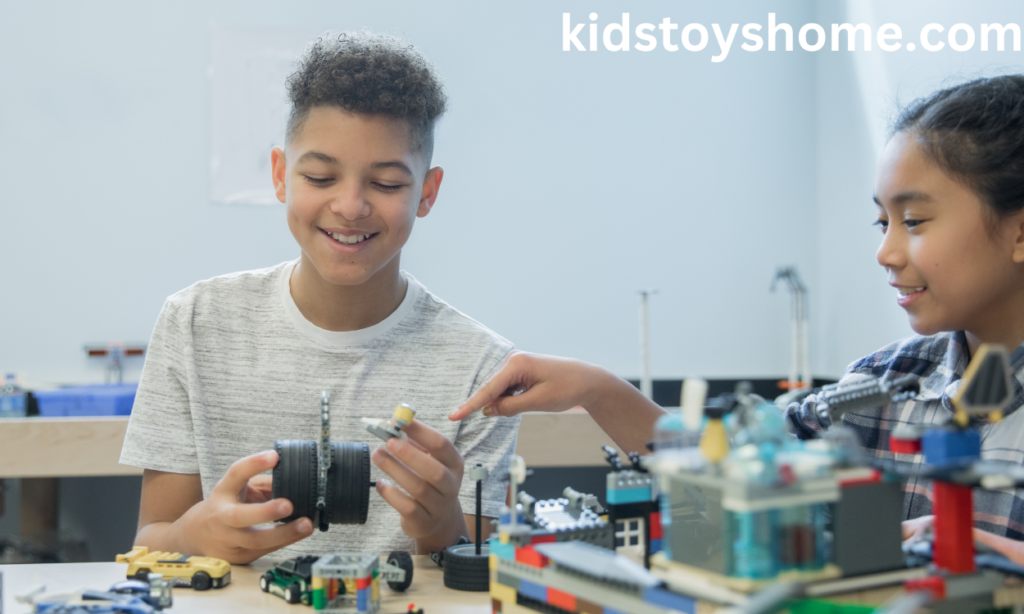
Coding Toys
In an increasingly digital world, coding toys offer an early foundation in computational thinking. These toys simplify coding concepts into playful activities, fostering logical thinking and problem-solving skills. Children learn sequences, functions, and algorithms, equipping them with the basics of computer programming.
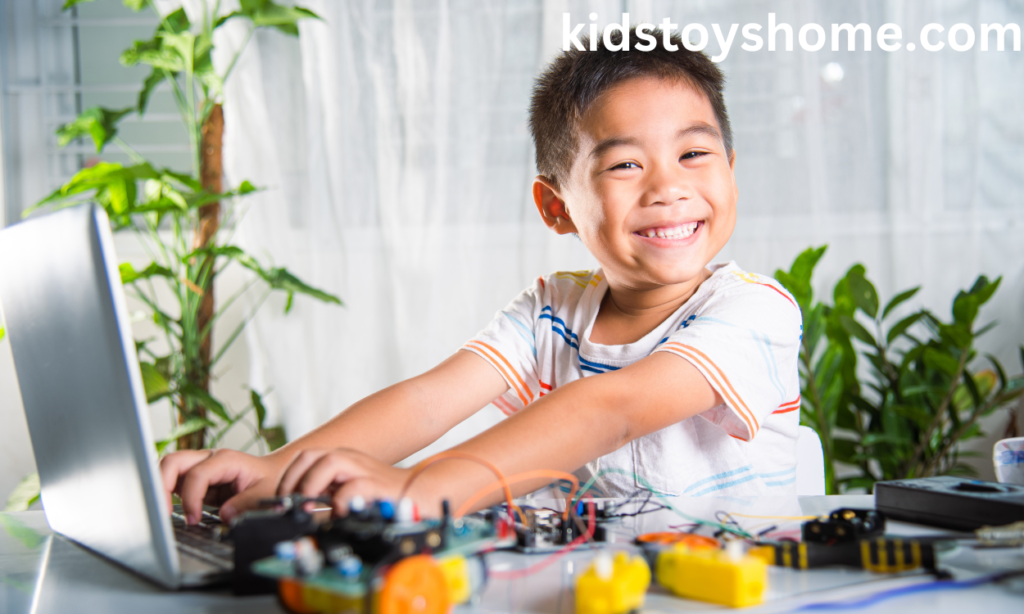
Mathematical Games
Mathematical games transform abstract numbers and operations into tangible fun. Through gameplay, children practice counting, addition, and subtraction, developing a positive relationship with math. These games often introduce problem-solving and strategic thinking, making math a dynamic and engaging subject.
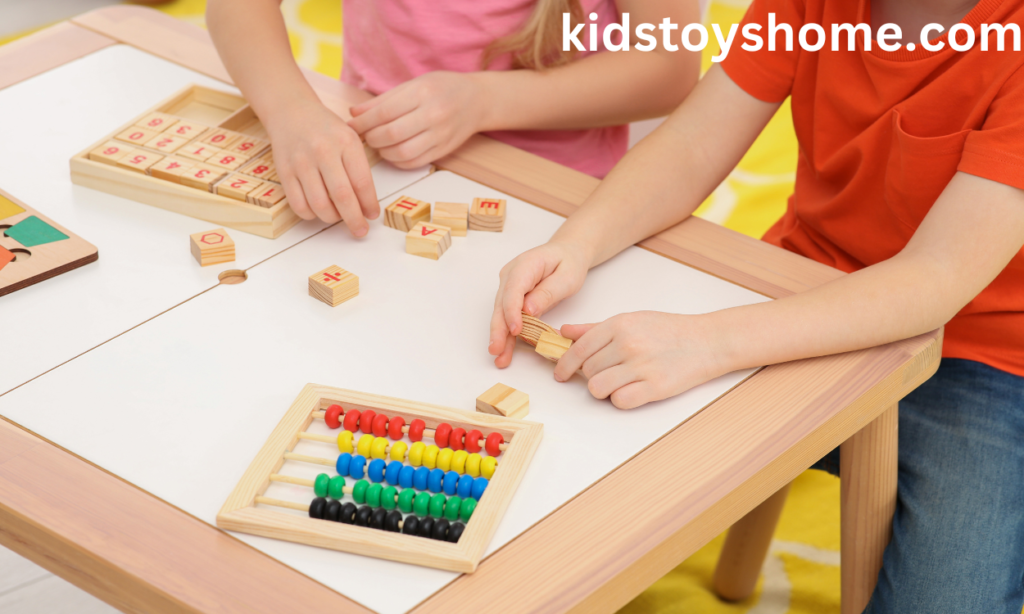
Robotics Kits
Robotics kits combine construction, coding, and creativity, allowing children to build and program their own robots. This introduces them to the fundamentals of robotics and technology, nurturing curiosity about how things work and fostering a sense of accomplishment when their creations come to life.
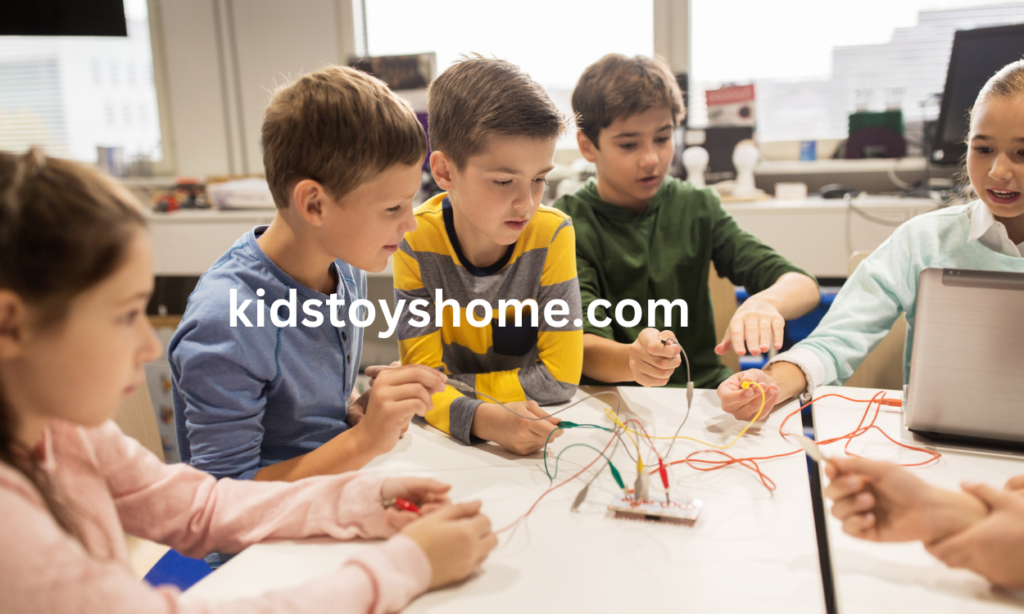
Integrating STEM Toys into Daily Play
Incorporating STEM toys into regular playtime is essential for a balanced “play diet.” Parents and educators should encourage children to explore these toys freely, allowing them to experiment and learn at their own pace. It is beneficial to combine STEM toys with other forms of play to nurture well-rounded development. Integrating storytelling with construction sets or combining nature exploration with science kits can enrich the learning experienceCase Studies and Success Stories
Real-life examples abound of children who have made significant developmental leaps through early exposure to STEM toys. From youngsters who develop an early interest in coding, leading to the creation of their simple apps, to those who start with building sets and grow up to win science fairs with their engineering projects, these success stories underscore the potential impact of choosing the right toys during crucial developmental years.
Considerations for the Future
As we look to the future, it’s clear that keeping pace with technological and educational trends will be crucial. Toys that adapt to changing advancements can provide ongoing challenges and learning opportunities. This means selecting toys that offer updates or can be integrated with emerging technologies, ensuring that playtime remains a source of growth and inspiration.
Conclusion
Selecting the right STEM toys for 5-year-old innovators is more than just about play; it’s about setting a foundation for lifelong learning and curiosity. Through carefully chosen toys, parents and educators can spark an interest in STEM fields, develop critical thinking skills, and foster creativity. The investment in these tools for learning and exploration can have a profound impact on a child’s development, encouraging them to think, experiment, and innovate.
FAQs
What are stemming toys?
Stemming toys, often confused in terminology, are more accurately associated with STEM toys, which stand for Science, Technology, Engineering, and Mathematics. These educational toys are designed to instill fundamental principles of these disciplines through play.
Why are STEM toys good for kids?
STEM toys are invaluable for children’s development, offering a hands-on, engaging way to learn science, technology, engineering, and mathematics concepts. They nurture curiosity and creativity, encouraging kids to experiment and solve problems.
What age are STEM toys for?
STEM toys are designed to cater to a wide range of age groups, each intricately tailored to meet the developmental and cognitive capabilities of children as they grow. For toddlers and preschoolers, ages 3 to 5, STEM toys are often simple, focusing on basic principles of science, technology, engineering, and mathematics through play.
What is the market for STEM toys?
The STEM toy market is flourishing, fueled by increasing recognition of the importance of early STEM education. These toys, ranging from buildable robots to coding kits and puzzles, aim to merge play with learning, making complex scientific and mathematical concepts accessible to children.
With a broad target audience and a growing demand for educational yet entertaining products, the STEM toy industry is on a promising path, continually innovating to keep pace with technological and educational developments.
How do STEM toys work?
STEM toys are designed to engage children in science, technology, engineering, and mathematics concepts through play. They work by providing hands-on experiences that challenge the mind while fostering problem-solving and critical-thinking skills.
